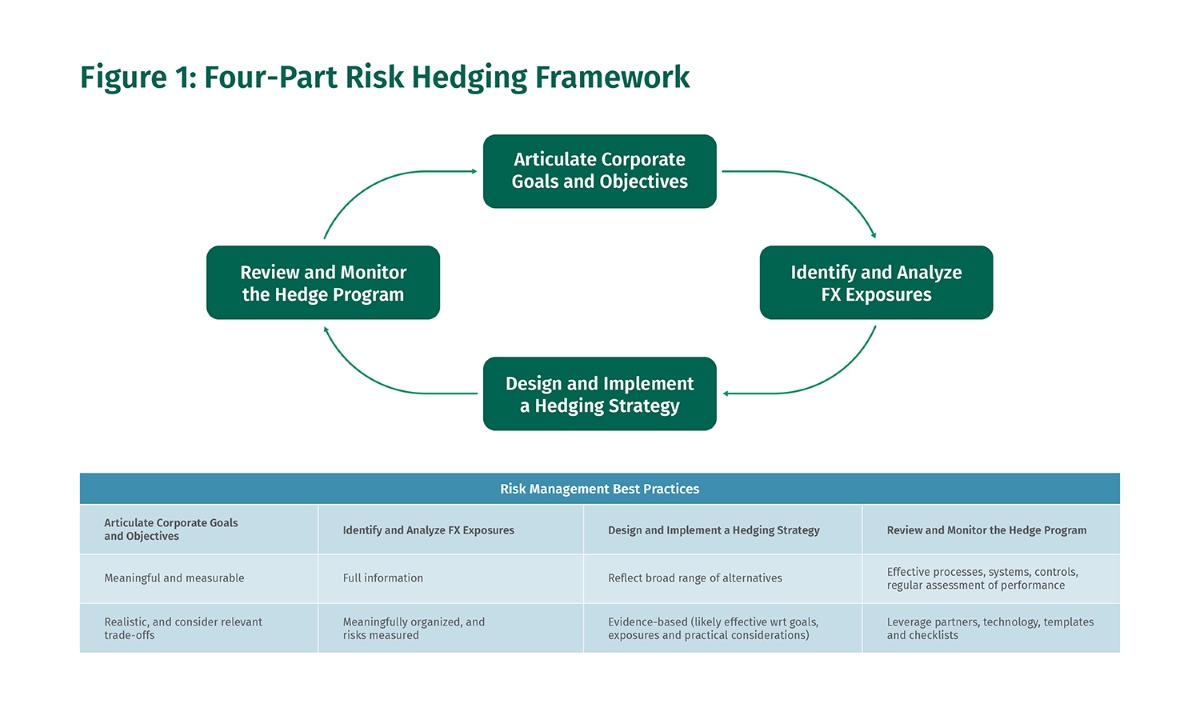

Finance
Lanchester Strategy Definition
Published: December 16, 2023
Learn the Lanchester Strategy Definition in finance and discover how it can help maximize your business's competitive advantage.
(Many of the links in this article redirect to a specific reviewed product. Your purchase of these products through affiliate links helps to generate commission for LiveWell, at no extra cost. Learn more)
Lanchester Strategy Definition: How to Dominate the Finance Game
Are you ready to take your finance game to the next level? Look no further than the Lanchester Strategy. In this article, we will dive deep into the Lanchester Strategy definition and how it can help you dominate your financial goals. Whether you are a seasoned investor or just starting your financial journey, implementing this strategy can give you a competitive edge and skyrocket your success.
Key Takeaways:
- The Lanchester Strategy is a mathematical model used to gain an advantage in warfare. However, its principles can be applied to various fields, including finance.
- Applying the Lanchester Strategy to finance involves focusing on two main elements: concentration and resources allocation.
So, what exactly is the Lanchester Strategy? Originally developed as a mathematical model to analyze battles, it can be adapted to the realm of finance to gain a strategic advantage over your financial goals. This strategy focuses on two essential elements: concentration and resources allocation.
Concentration: Just as in warfare, where concentrating forces at a specific point can lead to victory, applying concentration to finance involves focusing your efforts and resources on key areas that will yield the greatest returns. This means identifying high-potential investment opportunities and allocating a significant portion of your resources towards them. By concentrating your efforts, you can make well-informed decisions and optimize your financial growth.
Resources Allocation: In the Lanchester Strategy, resources allocation means effectively distributing your available resources to maximize their impact. This involves careful planning and diversification, ensuring that your investments are spread across different sectors or asset classes. By diversifying your portfolio, you can mitigate risk and increase the chances of achieving sustainable long-term growth.
Implementing the Lanchester Strategy in your financial journey requires a strategic mindset and a thorough understanding of the current market conditions. Here are some actionable steps to get started:
- Evaluate the market: Stay up-to-date with the latest industry trends and analyze market conditions to identify potential opportunities and threats.
- Research and identify: Conduct thorough research to identify high-potential investment opportunities that align with your financial goals.
- Concentrate your efforts: Once you have identified potential investments, concentrate your resources on the most promising opportunities while diversifying across different sectors.
- Monitor and adapt: Continuously track the performance of your investments and be ready to adapt your strategy based on market fluctuations.
By implementing the Lanchester Strategy, you can gain a competitive advantage in the finance game. However, it is important to remember that finance is inherently unpredictable and carries risks. Make sure to consult with a financial advisor or expert before making any significant investment decisions.
So, are you ready to take control of your financial future? Start applying the Lanchester Strategy today and watch your financial success soar!














